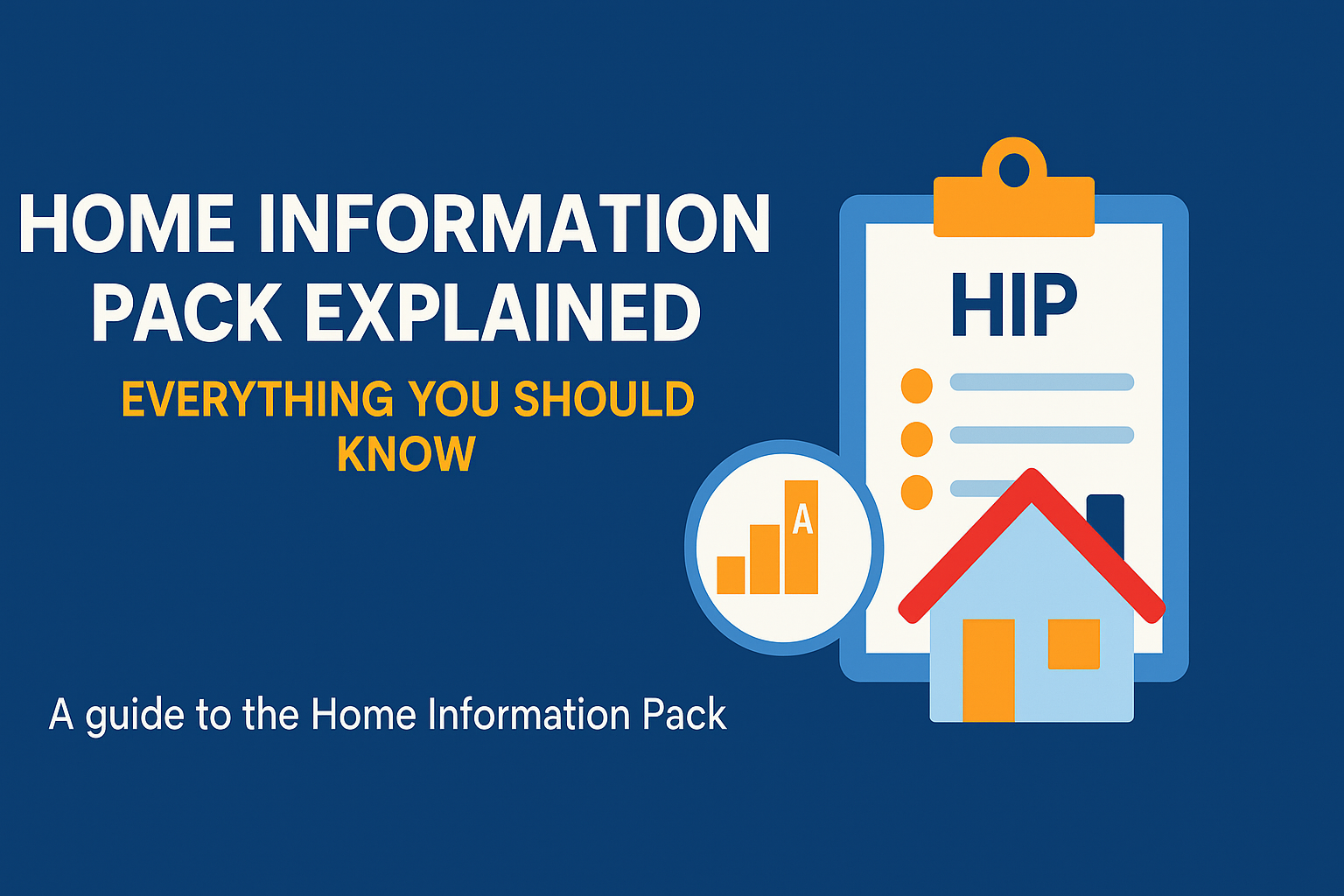Selling a home takes time and care. You deal with papers, laws, and steps that may seem unclear. One term that still comes up is the Home Information Pack, or HIP. Many sellers hear the name and wonder if it still matters.
A Home Information Pack was once required in England and Wales. It helped people sell homes with more honesty and fewer delays. The rule changed, but the idea behind it still raises questions. People want to know what it was, what it included, and if any part still applies today.
This guide gives you clear answers. It explains what a Home Information Pack did, why it started, and why the government stopped it. It also shows how some parts of the pack still shape home sales now.
Keep reading to learn how the Home Information Pack worked and what you should know as a seller or buyer today.
What Was a Home Information Pack
A Home Information Pack was a group of legal papers. It showed key facts about a home before a seller could list it. The UK government made this rule in 2007. The goal was to help buyers see clear details early. This was meant to stop delays and reduce failed deals.
Sellers had to get the pack ready before putting the home on the market. Buyers could view it when they visited the property. The idea was simple-clear facts up front would help avoid surprises later.
The plan made sense but did not work well in real life. Some sellers said it took too long. Others said it cost too much. Estate agents also raised concerns. Even so, the rule stayed in place for a few years.
What Did the Pack Include?
The Home Information Pack had several parts. Each one covered a key area of the home and its legal status. These included:
1. Energy Performance Certificate (EPC)
This showed how much energy the home used. It gave the home a rating from A (best) to G (worst). EPCs are still required today in all property sales.
2. Sale Statement
This document gave basic facts about the property. It listed who owned it and whether it was freehold or leasehold.
3. Title Documents
These came from the Land Registry. They showed who owned the home and if there were any legal charges on it.
4. Local Authority Searches
These checked for things like planning rules, nearby roads, or other changes in the area.
5. Property Information Questionnaire (PIQ)
The seller filled this out. It explained things like repairs, boundaries, and parking.
Some packs also included a Home Condition Report. This gave a surveyor’s view of the property’s state. It was not always required, but some sellers included it to help buyers feel more secure.
Why Was It Introduced?
The UK housing market had problems. Many deals fell apart near the end. Some buyers pulled out. Others found issues after making an offer. These setbacks wasted time and money.
The Home Information Pack tried to solve this. Sellers had to collect key documents before listing the home. Buyers could see the facts early. This made it easier to decide and reduced the risk of failed deals.
The pack also tried to stop gazumping. That happens when a seller takes a new, higher offer after accepting one. It creates stress and unfairness.
The goal was to make sales faster and more honest. The plan started with good intent. But it faced pushback and did not meet every need.
Why Was It Scrapped?
The UK housing market had problems. Many deals fell apart near the end. Some buyers pulled out. Others found issues after making an offer. These setbacks wasted time and money.
The Home Information Pack tried to solve this. Sellers had to collect key documents before listing the home. Buyers could see the facts early. This made it easier to decide and reduced the risk of failed deals.
The pack also tried to stop gazumping. That happens when a seller takes a new, higher offer after accepting one. It creates stress and unfairness.
The goal was to make sales faster and more honest. The plan started with good intent. But it faced pushback and did not meet every need.
Does It Matter Today?
The Home Information Pack is no longer required. Still, some parts of it remain useful. One key part that still matters is the Energy Rating Certificate. You still need this when you sell a home in the UK. Buyers must see it before any deal moves forward.
Many sellers also collect key papers before listing a home. This step is not the law, but it helps. Buyers often ask about past repairs, property lines, or local rules. Having answers ready builds trust and saves time.
Some estate agents still mention HIPs. They use it to show how the sale process has changed. A few experts believe a new version may return. If that happens, it could fix the issues that caused the old system to fail.
Should Sellers Do Anything Similar Today?
Yes. The law no longer asks for a full pack, but smart sellers still prepare. A few simple steps can help move things faster.
Order the Energy Performance Certificate early. You need this before you sell. It shows the home’s energy use and stays valid for ten years.
Find your title deeds and any lease details. These prove you own the home and help avoid legal delays.
Collect repair records, service history, and past utility bills. Add any warranties you have. These papers build trust with buyers.
Speak to a solicitor before you list. They can check for any problems that may slow the deal.
These steps are easy and low-cost. They save time and may lead to better offers.
Could It Come Back?
Some property experts have suggested that a odern version of the HIP could return. With more tools online and better digital access, many of the old problems could be fixed.
The idea of sharing more up front still appeals to buyers. It can help stop long delays, price drops, and failed deals. If a better system comes in, it may look like a new form of the HIP, but with more trust and less cost.
For now, though, there is no sign of a full return. Sellers just need to meet current rules and stay ready for changes.
Conclusion
The Home Information Pack tried to change how homes were sold. It gave buyers facts early and aimed to stop deals from falling apart. The idea was clear and simple.
The law did not last. Many felt it cost too much and slowed things down. The government removed the rule, but the message stayed.
Sellers still win when they plan ahead. Buyers still want clear, honest details. A few small steps can build trust and save time.
The pack is gone, but the lesson is not. Be ready. Stay clear. Make the process smooth. That is the smart way to sell a home today.
Read More: Luxury Villas Italy: Discover Private Escapes with Le Collectionist
Common Questions
What was inside a Home Information Pack?
It included an Energy Performance Certificate, title deeds, local authority searches, and a property information form. Some packs also had a home condition report.
Is a Home Information Pack still required to sell a home in the UK?
The law no longer asks for it. The rule ended in 2010, and the full requirement was removed in 2012.
Do sellers still need an Energy Performance Certificate?
This is still a legal need. Sellers must get one before listing the home. Buyers have the right to see it.
Can preparing documents early help speed up the sale?
Having papers ready builds trust and reduces delays. Buyers can make faster choices when the facts are clear.
Could the Home Information Pack come back in the future?
Some experts believe a new version could return with updates. It may help avoid failed deals and improve trust in sales.
Disclaimer: This article is for general information only. It does not offer legal or financial advice. Always speak to a licensed expert before making decisions related to property sales.




